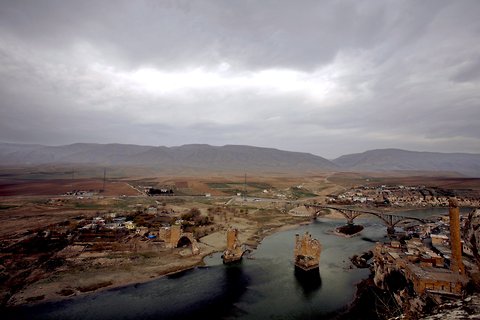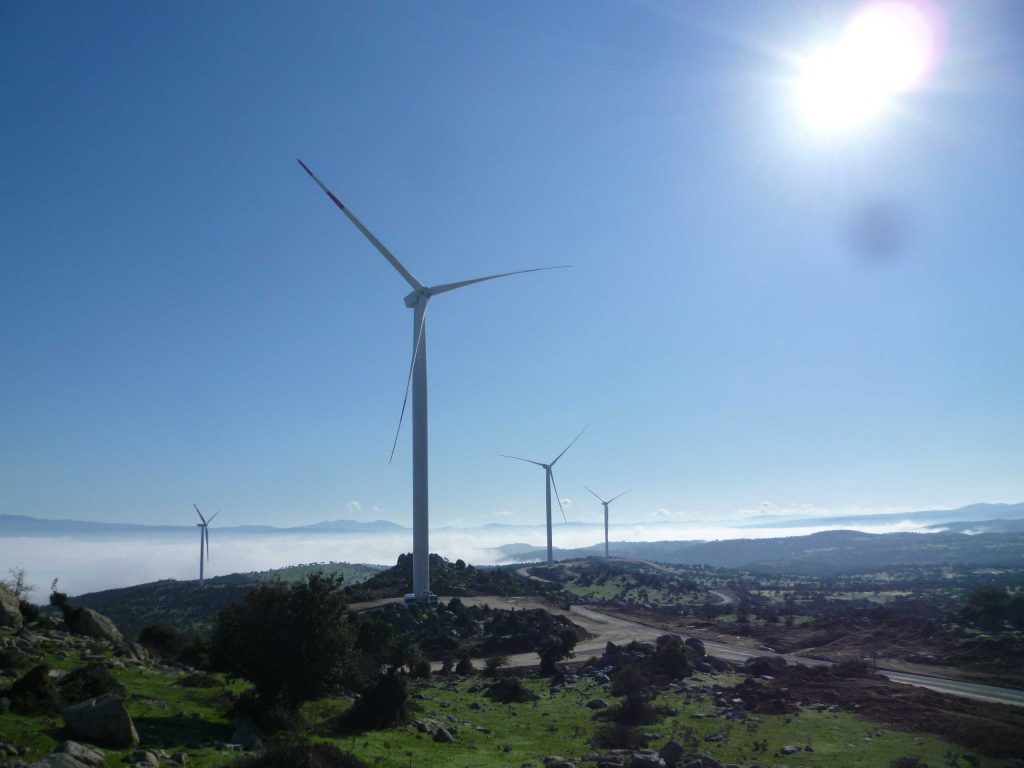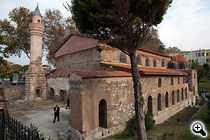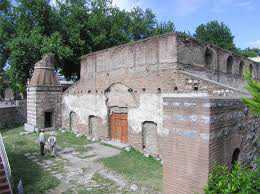Jonathan S. Tobin | @tobincommentary 02.09.2012 – 2:18 PM
A story in today’s International Herald Tribune (read here on the New York Times website) provides an interesting insight into exactly what happens when a secular state is taken over by Islamists. The piece concerned the Hagia Sophia of Iznik, an ancient church that brought 40,000 tourists to the town south of Istanbul much to the delight of the locals. Iznik was once known as Nicaea, and it was there the first Ecumenical Council of the Christian Church met at the Hagia Sophia in the year 325. But the Islamist government of Turkey has put a damper on the prosperity of those who profited from the museum by formally converting the building into a mosque.
Of course, after the Muslim conquest of the Byzantine Empire, all churches in the region were turned into mosques, with the most conspicuous example being the majestic Hagia Sophia of Constantinople (now Istanbul). But unlike that more famous site, which was registered as a museum when Turkey became a secular republic, the one in Iznik was never formally named as such, though it served in that function and had not been used as a mosque in well over a century. The ruling AKP party of Turkish Prime Minister Recep Tayyip Erdoğan has taken the initiative to reinstitute Muslim-only worship at the place, much to the dismay of the Muslim residents of the town who point out there was no shortage of mosques there. But to the AKP, the ancient surge to plant the flag of Islam over the ruins of other cultures is more important than tourism.
The irony here is the Turkish Ministry of Culture had been hoping to promote the place to increase its share of tourists from Europe and elsewhere, especially those interested in the considerable Christian heritage of the region. But like the abortive effort to entice Americans to go to Turkey to see the place where the original Saint Nicholas lived during their Christmas holidays, the AKP’s intolerance trumps other considerations.
While people in the town are appalled at this turn of events, it appears the decision came straight from the top, with Turkish Deputy Prime Minister Bulent Arinc taking credit for the conversion of the site. When the Culture Ministry asked to take over the place, Arinc said, “We told them that it is a mosque and that it cannot be used for any other purpose.”
Need we ask how Muslims would feel if an ancient mosque were converted into a church or a synagogue? The answer to that question is obvious. There would be riots, murders and terrorism, with the blame put on those who offended Islamic sensibilities. But the Muslims who run the Turkish government do not think tolerance or religious sensitivity is a two-way street even when their decisions hurt Muslims who stood to benefit from a policy that honored Turkey’s Christian heritage.
The story of the Hagia Sophia of Iznik is a sad one, but what is truly troubling about this tale is the way it illustrates the triumphalist spirit of Islamism redolent of the era of the Ottoman conquest and the short shrift its advocates have for respect for other faiths. Those optimists who keep telling us Turkey can be an Islamic democracy and a model for the Middle East need to look at what happened at Iznik and realize what is happening there is symbolic of that country’s drift toward Islamist tyranny.
via Turkish Islamists Turn Church Into Mosque « Commentary Magazine.




